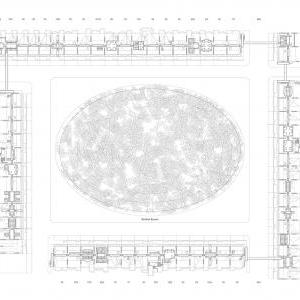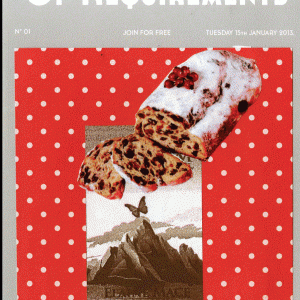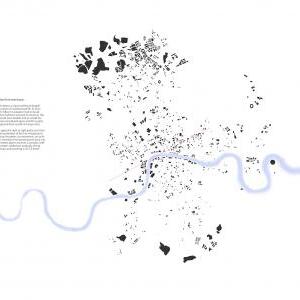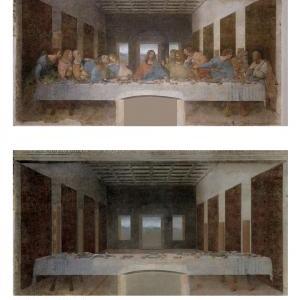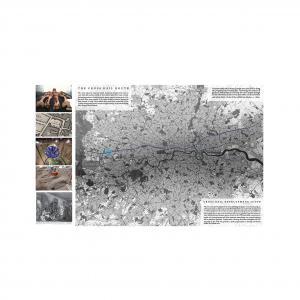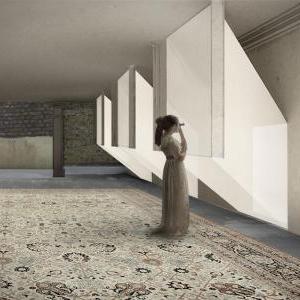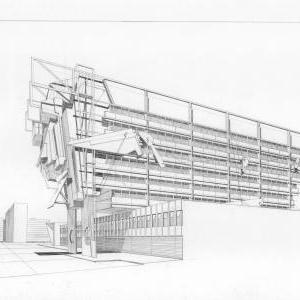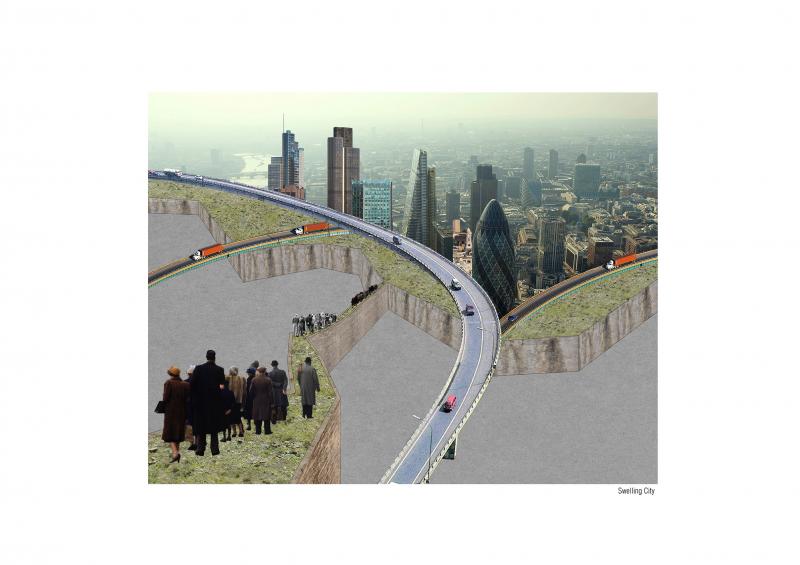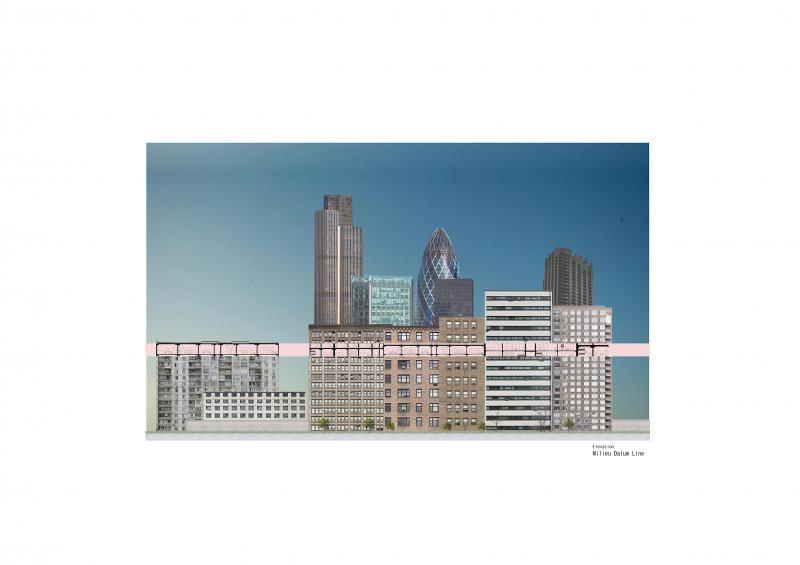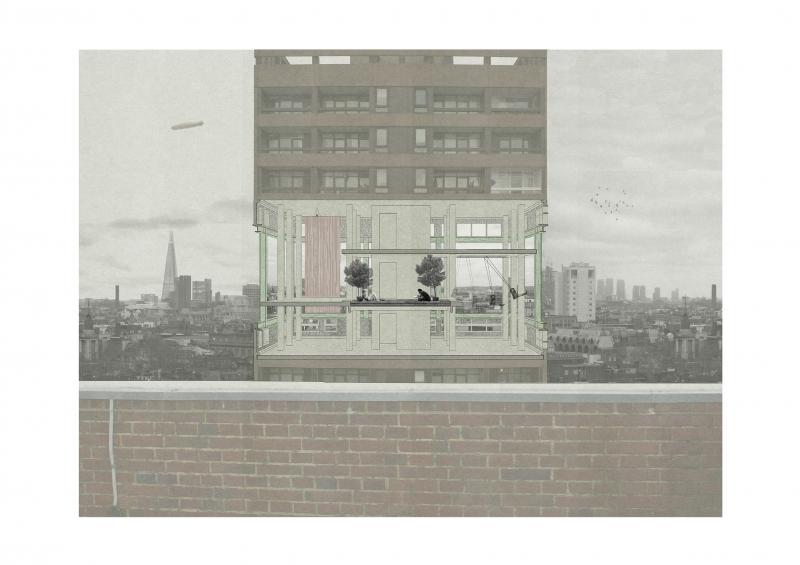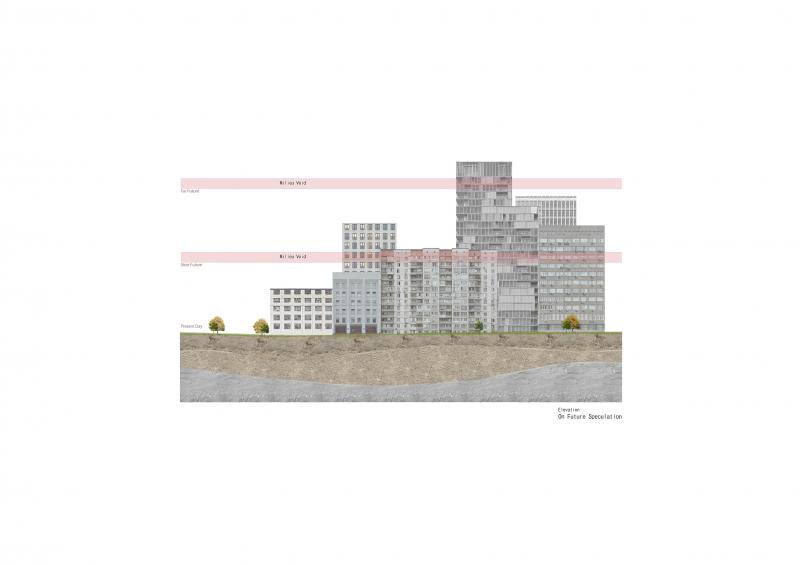With the roof as our site, the fundamental focus of Intermediate 10 is the room that touches the sky – a prime location to gain a new understanding of the city. Our goal this year was to add one extra level (+1) to London’s skyline both conceptually and literally, and to speculate on tangible and fantastic alternatives for the city.
Intermediate 10 is dictated and governed by the notion of the architectural (+1). Throughout the course of the year, the projects centred on the plus one in its urban architectural context, its relevance to London and the Architectural Association itself. When the unit was established at the start of the academic year, the school granted students permission to develop a design that would be constructed on the currently vacant and inaccessible roof at the rear of 33 Bedford Square. This design became the ultimate aim and focus of our collective and individual endeavours over the three terms, as well as the physical manifestation of our united understanding of the plus one in its architectural situation in the city. Designed by students and built by students, the rooftop is a tribute to the founding principles of the school itself.
We pursue a tangible and quantifiable collective goal whilst cultivating individual ideals and philosophies. From collective work on site-specific designs, planning documents and the construction of our particular rooftop, to individual projects that concern the notion of the (+1) in London’s urban setting, the unit tries to tap into what architecture really is. Given the outline and the centre of the (+1), we are left to decipher its meaning and content on our own terms. We develop our own notions and bring these to the wider table of the unit. We start with the simple, elaborate
to the conceptual and then hone in on the real – the business, the politics of fabrication, the genuine construction and the built project. We savour the English breeze blowing above our head, and our sheepish desire to rise above the parapet.
We are the (+1).
Staff
Valentin Bontjes van Beek
Acknowledgements
Tonkin Liu Architects
Pierre d’Avoine
Leslaw Skrzypiec
Alex Hurst
Neue Holzbau CH
Schöb AG
Marianne Mueller
Stefan Seydel
Jan Nauta
Stefano Rabolli-Pansera
AA Facilities Department
Brett Steele
Barbara-Ann Campbell-Lange
Ali Asad
Max Kahlen
Monia De Marchi
Thomas Weaver
Raihan Abu
Fred Scott
Nathalie Rozencwaijg
Lawrence Barth
Tobias Klein
Manijeh Verghese
Jorgen Tandberg
Christopher Dyvik
Takero Shimazaki
Samantha Hardingham
Jeroen van Armeijde
Brendon Carlin
Miraj Ahmed
Yasser Dahhan
Here we visualize the city of the near future:
The city grew to become dense, a rapid swelling of people flocking into the city in search of a professional life. In all attempts to deal with such influx this situation had to be addressed, for if this situation had been allowed to continue, the population of the city would have doubled and so would the demand for housing. Soon recreational space and the quality of leisure space on the ground level would no longer exist.
After failed attempts to interrupt this densification, the authorities of the City introduced a city scale policy which introduces horizontal spaces back into the city. At exactly 55.4 meters above sea level, an altitude that hovers just above the city; not too far away from the public plane, yet not too high up to lose the connection with the existing city fabric; A corridor, shifting the public plane, has been voided out surgically slicing through buildings, chimneys and anything in its 5.2 bandwidth reclaiming and reinvisioning the new public space for the city.
